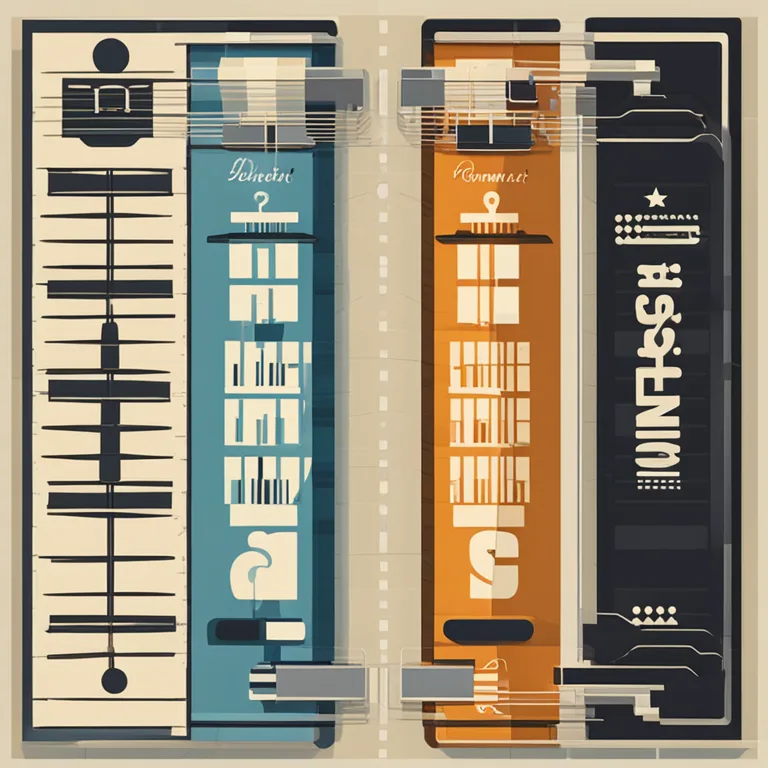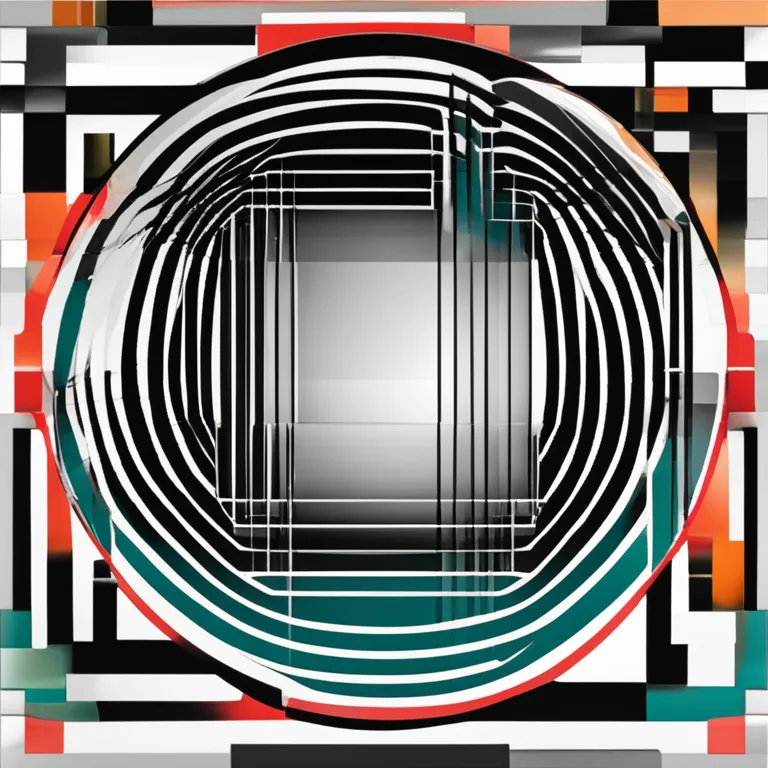
Palm Lines Symmetry: Myth or Reality?
Discover the truth about the symmetry of palm lines on both hands and what it reveals in the mystical world of palmistry.
article by Nora Pennington
Palmistry's Insight into Hand Symmetry
Palmistry has been employed for centuries as a method to gain insights into an individual's personality and potential future. A common question that arises is whether the lines on our palms mirror each other. Beginners often expect a form of symmetry, imagining that our bodies' bilateral nature extends to these intricate creases. However, experienced palmists understand that the lines on our palms, much like our hands themselves, can exhibit significant differences. These variations are far from random; they are believed to reflect the duality of our persona—the nature we’re born with versus personal experiences that shape us.

Interpreting the Lines: Dominant vs. Non-Dominant Hand
The dominant hand, often the one you write with, is typically seen as a gauge of the life you are actively constructing, while the non-dominant hand represents your potential and latent traits. Divergences in the lines can therefore signify personal growth and life changes. For example, a well-defined career line on the dominant hand, but a faint one on the non-dominant, could suggest self-made professional strides contrasting with a more passive potential for career development.

Major Palm Lines and Their Asymmetry
The major lines to examine for asymmetry are the heart line, head line, and life line. The heart line, associated with emotional experiences, may differ, illustrating changes in relationships or emotional responses over time. The head line, linked to intellect and reasoning, may alter from hand to hand, indicating shifts in mentality or decision-making processes. The life line, often mistakenly thought to predict lifespan, reflects vitality and life changes; significant discrepancies could point to major life-altering experiences or health transformations.

Advanced Palmistry Techniques in 2024
Palmistry's evolution has embraced digital advancements, with algorithms now aiding in line analysis. These techniques, however, cannot replace the nuanced interpretations of experienced palmists who consider both hands' lines in context. By 2024, the integration of artificial intelligence in palm readings is on the rise but is used to complement rather than overtake the human touch in decoding the stories etched into our palms.

Skeptics and Scientific Scrutiny
Despite its popularity, palmistry faces skepticism, especially from the scientific community, which demands empirical evidence over anecdotal accounts. Researchers in the fields of genetics and developmental biology note that while genetic factors influence hand formation, environment and random variations also play a significant role. Thus, the uniqueness of our palm lines, like fingerprints, is acknowledged but not yet completely understood from a scientific standpoint.
Reading Beyond the Lines
For those seeking guidance from palmistry, it’s essential to approach the practice with an open mind but also a critical eye. If the asymmetry of lines in our hands tells a tale of divergence between potential and actuality, we must be willing to delve into the nuances of what each unique line might reveal. The truth of palm lines symmetry lies somewhere in between predetermined fate and the sculpting hands of experience.
Published: 1/5/2024
Modified: 1/5/2024
More predictions
Come back here soon to learn more about yourself and your future


The Changeable Nature of Palm Lines
Discover the factors influencing the ever-changing landscape of palm lines and what these modifications could signify in palmistry.


The Essence of Hand Analysis: A Guide to Palmistry
Delve into the art of palmistry, the study of hands, revealing how reading palms can provide insight into one's personality and future.


The Dynamic Nature of Palm Lines Explored
Discover why palm lines can change over time, delving into the science behind these shifts and what they might signify in the realm of palmistry.